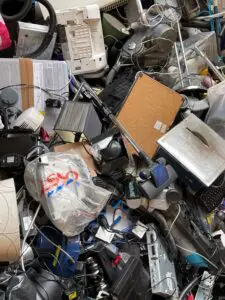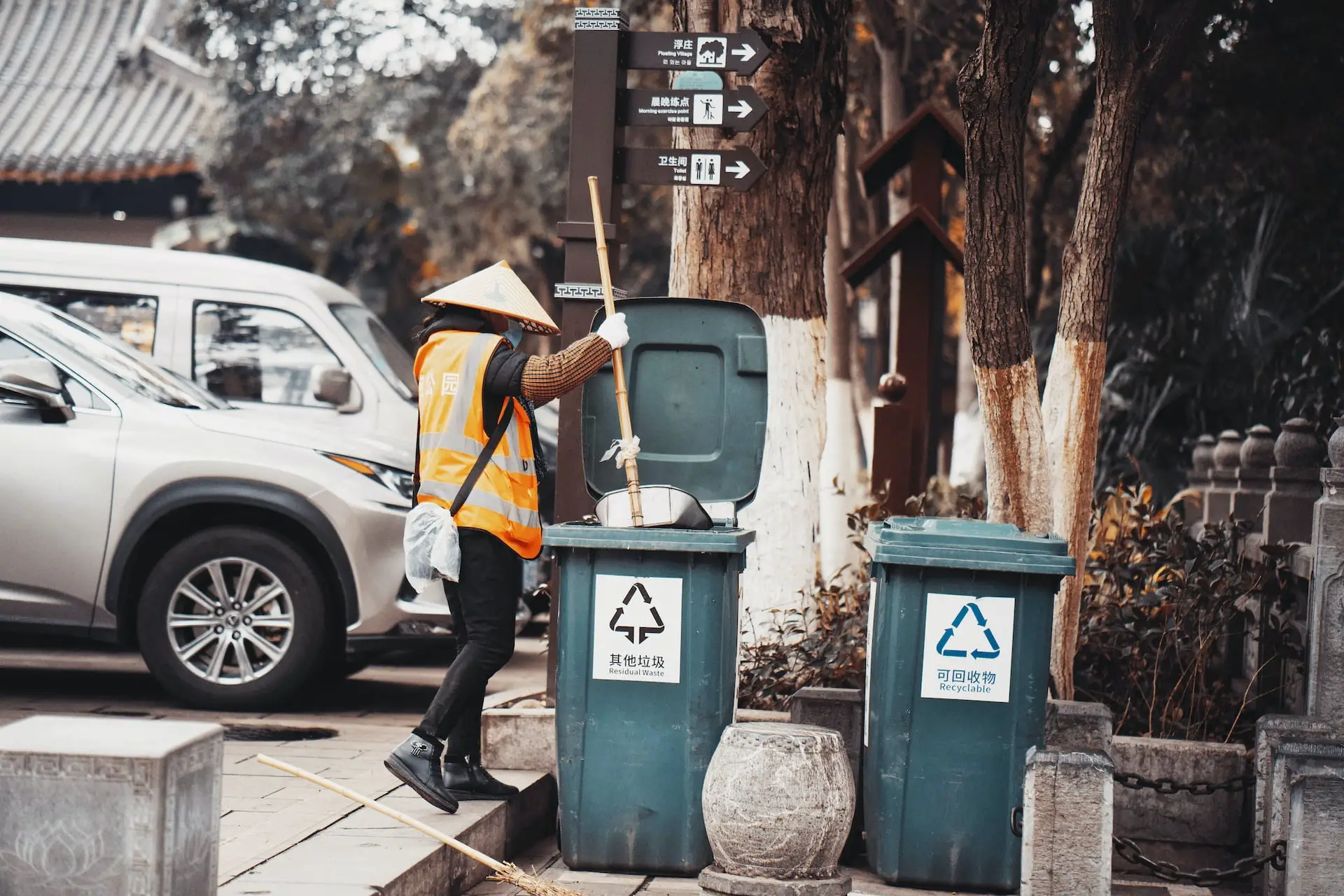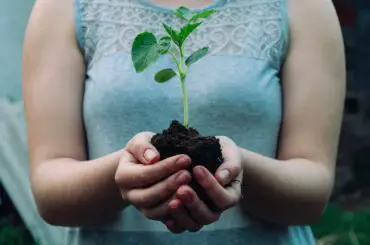This article discusses questions like what is the most important step in recycling ad why, why we should recycle and what measures we can take to help the recycling process.
Contents
Why Is It Important to Recycle in 2023?
It is 2023 already, and the world’s pollution problem is getting bigger and out of hand. Forget about sending rockets to the moon. Human beings may have made vast advancements in technology and science, but we still haven’t come up with a way to save our own planet. If we continue in this negligent manner, it is very likely we will bring upon our own extinction.
Why is it important to recycle? Recycling benefits us and the environment in many ways. It helps preserve our Earth’s limited resources. It saves energy. It prevents waste from ending up in landfills and oceans and polluting the environment. Recycling saves trees. Recycling is one important step towards preventing global warming and maintaining ecological balance.
There is much more to recycling than meets the eye. Recycling is a science. It includes many intricate processes, steps and a thorough understanding of each material type. Recycling is not just about creating something new from something old. There are materials we can recycle, and there are those we can’t. And there are some materials which we will use up more energy if we recycle than if we don’t.
Please read this article for more information about the importance for recycling and the sorting process.
So what is the most important step in recycling? Why is it important to us?
What is the Most Important Step in Recycling, and Why?
Recycling includes many different stages, from sorting to bailing and shipping and manufacturing. But the most important step in recycling, in my opinion, is the sorting process. And this begins with you.
Recycling begins with one crucial step-the sorting of different materials. If we just dump all our waste into trash cans, then recycling is almost impossible. Unsegregated waste is usually dumped into landfills, where they cause environmental pollution. This important step of sorting begins with every individual in the community and every household.
Sorting of waste is where we sort waste materials according to the type of waste that can be recycled together. For example, we put glass in a separate bin, plastic in a separate bin, metal separately, paper, electronics and so on. In public buildings and businesses, it helps to have different colored bins for each type of waste.
For example, students in a school can be educated on throwing plastic waste into blue-colored bins and paper into green and food waste into black-colored bins.
Another very important factor in the recycling process is adequate education and understanding of the general public about recycling. A community must be educated on what types of plastic can be thrown together, what types of paper can be recycled and how we should dispose of electronic waste. A lack of understanding not only makes the recycling process more difficult but it will also cause a lot of harm and injury to recycling workers.
Optical sorters in recycling centers are electronic equipment that can determine the type of plastic or material. But if an individual has thrown a plastic bottle without emptying the liquid inside, this sorter will not work. Further, there are certain types of plastic that cannot be recycled. Often, plastic toys, buckets and furniture can’t be recycled.
Likewise, the caps of glass bottles should be removed. ‘Tanglers’ like plastic bags, cords and wires must not be randomly thrown in as they can affect the recycling machine.
Organic and food waste must be thrown into a separate bin to be used for making compost. Here too, we cannot throw in any that is not bio-degradable. Used paper napkins and tissues made of organic fiber can be thrown into compost bins.

The sorting process also involves the proper manner of disposing of electronic waste and toxic waste. Infectious waste from hospitals must be clearly labeled and disposed of under the environmental guidelines of the state. Infectious and medical waste must be sprayed with disinfectant and kept safely to prevent seepage into soil. This waste cannot be recycled. But they must be disposed of in a safe manner.
Similarly, toxic waste like household cleaners, pesticides and used batteries must be disposed of safely. Used batteries are a potential fire hazard, so you can’t just chuck them into the electronic waste bin. Contact your local municipality for instructions on what you can do with this waste.
Plastic waste also includes some types that cannot be recycled. PET, HDPE, LDPE, PP, PVC, Styrofoam and other type of plastic waste can be recycled. So be aware of what type of plastic you throw in.
What is the Most Important Step in Recycling: Conclusion
The most important step in recycling is sorting. This is the first crucial step, without which recycling is impossible. So recycling begins with each individual, household and community as a whole. Hence, it is important to be aware of what material to sort and how. It is also important to spread awareness among a community about the importance of recycling and the part they play in the recycling process.
Also read: How can we avoid waste?
*All pics are courtesy of Unsplash.com





